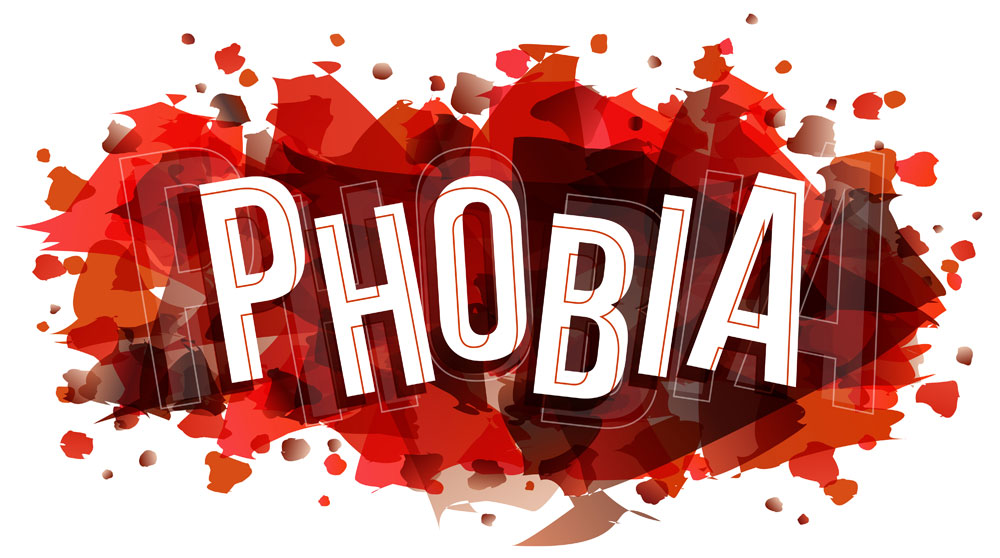
image via – shutterstock.com
We all have something that gets us shaking in our boots. Whether what scares us is conceptual or reality, the response is the same. Defined as an anxiety disorder, a phobia is the fear of an object, activity, or situation which compels a person to exert irrational effort in order to avoid what is feared. Usually, the actual suffering caused by that which is feared is much less than the misery of avoiding it. Even if the terror is severe, a phobia can be overcome.
There are an infinite number of stimuli which can be the source of a person’s trepidation. Phobias are either specific or social. Agoraphobia is the fear of leaving one’s home, and is typically due to one, or a combination of several, specific phobias. People acquire phobias by their own uncomfortable experiences, or by observing another person’s fear. The austerity of angst varies widely. A phobia can be benign and easy to ignore, or completely debilitating when confronted.
Jitters and aversion escalate to outright panic when an individual encounters their nightmare. Heart palpitations, dizziness, difficulty breathing, profuse sweating, and surreal hysteria are common symptoms for those who are agonized by fright. One does not need to succumb to the desperation, however, as there are various treatments for the prevalent affliction.
Simple mindfulness can aid in the recognition of irrational feelings, and desensitization to the fear can be obtained after prolonged exposure is endured. Apprehension can be temporarily eased with the use of antidepressants and sedatives, and hypnotherapy is effective in releasing fear caused by repression.
Please Share With Family and Friends










